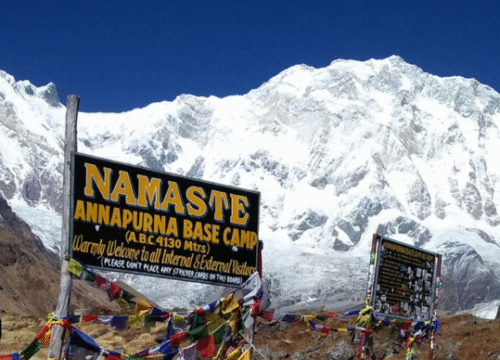Highlight
The Valley of Flowers is a remarkable destination that captivates visitors with its unparalleled natural beauty and diverse ecosystem.
- Wildflowers: Home to over 500 species of wildflowers, including blue poppies, marigolds, and rhododendrons, creating a vibrant and colorful landscape.
- Rich Biodiversity: Apart from flowers, the valley supports wildlife like Himalayan black bears, snow leopards, and various bird species.
- Cultural Significance: Associated with Hindu mythology, believed to be the site where Hanuman collected the Sanjeevani herb.
- Breathtaking Landscape: Surrounded by snow-capped peaks and featuring the serene Pushpawati River, the valley offers panoramic views and a tranquil environment.
Duration: 7 Days Haridwar to Haridwar
Highest Altitude: 14100 ft
Grade: Easy to Moderate
Length: 7 days
Distance: 35 km
Region: Uttarakhand
About Trek
The Valley of Flowers, located in the Chamoli district of Uttarakhand, India, is a UNESCO World Heritage Site renowned for its stunning natural beauty, rich biodiversity, and vibrant floral displays. The valley was brought to widespread attention in 1931 by British mountaineer Frank S. Smythe, who stumbled upon it during an expedition. The Valley of Flowers is believed to be the place from where Hanuman collected the Sanjeevani herb to revive Lakshmana in the epic Ramayana. The valley is home to over 500 species of wildflowers, including blue poppies, Himalayan bellflowers, cobra lilies, daisies, marigolds, and rhododendrons. The flowers bloom during the monsoon season from late July to early September, transforming the valley into a colorful carpet. A revered Sikh pilgrimage site located about 6 km from Ghangaria. It features a stunning high-altitude lake and a gurudwara dedicated to Guru Gobind Singh.



